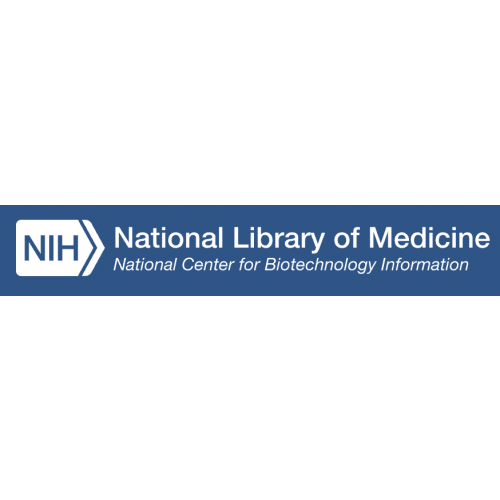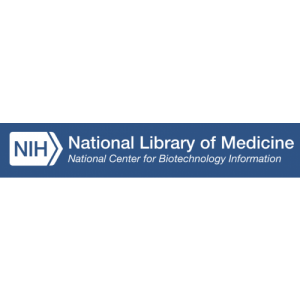
PTS MOA for treating cancer_Shun-Chi Wu, Ph.D.
New chemical entity drug, Para-toluenesulfonamide (p-TSA), with specialized formulation to p-TSA drug product (PTS DP) was developed by Gongwin Biopharm and approved by NMPA (CFDA, China) for NSCLC malignant airway obstruction patients on Nov. 2022. The field trial study for canine malignant melanoma was granted to proceed by Council of Agriculture (COA, Taiwan) on Jun. 2022.
Para-toluenesulfonamide (p-TSA) is a small molecule against several cancers including non-small cell lung cancer, melanoma, tongue squamous cell carcinoma, prostate cancer and triple-negative breast cancer in both in vitro and in vivo studies [1-6]. Furthermore, it exhibits efficient anti-tumor activity against advanced non-small cell lung cancer and hepatocellular carcinoma in clinical trials [7-9].
Through the intratumoral injection route, p-TSA greatly reduces the impact on surrounding normal cells, and eventually destroys tumor cell lysosomes and mitochondria, resulting in apoptosis and necrosis of tumor cells [4]. Cancer cells are with more abundant lipid rafts structures on the cell membrane than normal cells such as breast cancer, prostate cancer, skin cancer, lung cancer, pancreas cancer, melanoma, kidney cancer, bladder cancer, seminoma, ovarian cancer, cervical cancer, colon cancer, liver cancer, esophageal cancer, oral cancer, tongue cancer, thyroid cancer, meningiomas, bile duct cancer, hypopharyngeal cancer, nasopharyngeal cancer, gastric cancer, and vulvar cancer, resulting in active AKT-mTOR-p70S6K mechanism, causing cancer cell proliferation. p-TSA interferes with cholesterol recycling to the cell membrane, resulting in a decrease in the cholesterol content of the cell membrane of cancer cells, which in turn interferes with the stability of the lipid raft structure, resulting in the blockage of downstream cancer cell survival, proliferation and metastasis. At the same time, it also activates autophagy, which eventually leads to apoptosis of cancer cells [1, 5]. Cancer cells are with more abundant CA9 on the cell membrane than normal cells such as lung cancer, liver cancer, H&N cancer, breast cancer and melanoma, resulting in active PI3K-AKT-HIFa mechanism, causing cancer cell proliferation and acidification of the tumor microenvironment. p-TSA upregulated the expression of apoptosis-related proteins and downregulated CA9, HIF-1α, and VEGF proteins, possibly through modulation of p38 MAPK and ERK1/2 phosphorylated proteins. p-TSA can bind to CA9 directly to modulate the tumor microenvironment and exhibiting synergistic effects when combined with immune-checkpoint inhibitor αPD-1 therapy [6].
Thus, p-TSA can be applied to the treatment of lipid rafts-rich or CA9-overexpressing cancer cell types and the related patents have been applied by Patent Cooperation Treaty (PCT) and approved by Australia, Japan and Taiwan until now.
References:
[1] Hsu JL, Leu WJ, Zhong NS, Guh JH. Autophagic Activation and Decrease of Plasma Membrane Cholesterol Contribute to Anticancer Activities in Non-Small Cell Lung Cancer. Molecules. 2021 Oct 1;26(19):5967.
[2] Gao Y, Gao Y, Guan W, Huang L, Xu X, Zhang C, Chen X, Wu Y, Zeng G, Zhong N. Antitumor effect of para-toluenesulfonamide against lung cancer xenograft in a mouse model. J Thorac Dis. 2013 Aug;5(4):472-83.
[3] Lin CT, Lin CF, Wu JT, Tsai HP, Cheng SY, Liao HJ, Lin TC, Wu CH, Lin YC, Wang JH, Chang GR. Effects of Para-Toluenesulfonamide on Canine Melanoma Xenotransplants in a BALB/c Nude Mouse Model. Animals (Basel). 2022 Sep 2;12(17):2272.
[4] Liu Z, Liang C, Zhang Z, Pan J, Xia H, Zhong N, Li L. Para-toluenesulfonamide induces tongue squamous cell carcinoma cell death through disturbing lysosomal stability. Anticancer Drugs. 2015 Nov;26(10):1026-33.
[5] Hsu JL, Leu WJ, Hsu LC, Liu SP, Zhong NS, Guh JH. Para-Toluenesulfonamide Induces Anti-tumor Activity Through Akt-Dependent and -Independent mTOR/p70S6K Pathway: Roles of Lipid Raft and Cholesterol Contents. Front Pharmacol. 2018 Nov 13;9:1223.
[6] Chen HY, Lin CE, Wu SC, Yang ZY, Chiang YF, Huang KC, Wang KL, Ali M, Shieh TM, Chang HY, Huang TC, Hsia SM. Para-toluenesulfonamide, a novel potent carbonic anhydrase inhibitor, improves hypoxia-induced metastatic breast cancer cell viability and prevents resistance to αPD-1 therapy in triple-negative breast cancer. Biomed Pharmacother. 2023 Nov;167:115533.
[7] Li SY, Li Q, Guan WJ, Huang J, Yang HP, Wu GM, Jin FG, Hu CP, Chen LA, Xu GL, Liu SZ, Wu CG, Han BH, Xiang Y, Zhao JP, Wang J, Zhou X, Li HP, Zhong NS. Effects of para-toluenesulfonamide intratumoral injection on non-small cell lung carcinoma with severe central airway obstruction: A multi-center, non-randomized, single-arm, open-label trial. Lung Cancer. 2016 Aug;98:43-50.
[8] Guan WJ, Li SY, Zhong NS. Effects of para-toluenesulfonamide intratumoral injection on pulmonary adenoid cystic carcinoma complicating with severe central airway obstruction: a 5-year follow-up study. J Thorac Dis. 2018 Apr;10(4):2448-2455.
[9] He Q, Kuang AR, Guan YS, Liu YQ. Puncture injection of para-toluenesulfonamide combined with chemoembolization for advanced hepatocellular carcinoma. World J Gastroenterol. 2012 Dec 14;18(46):6861-4.


